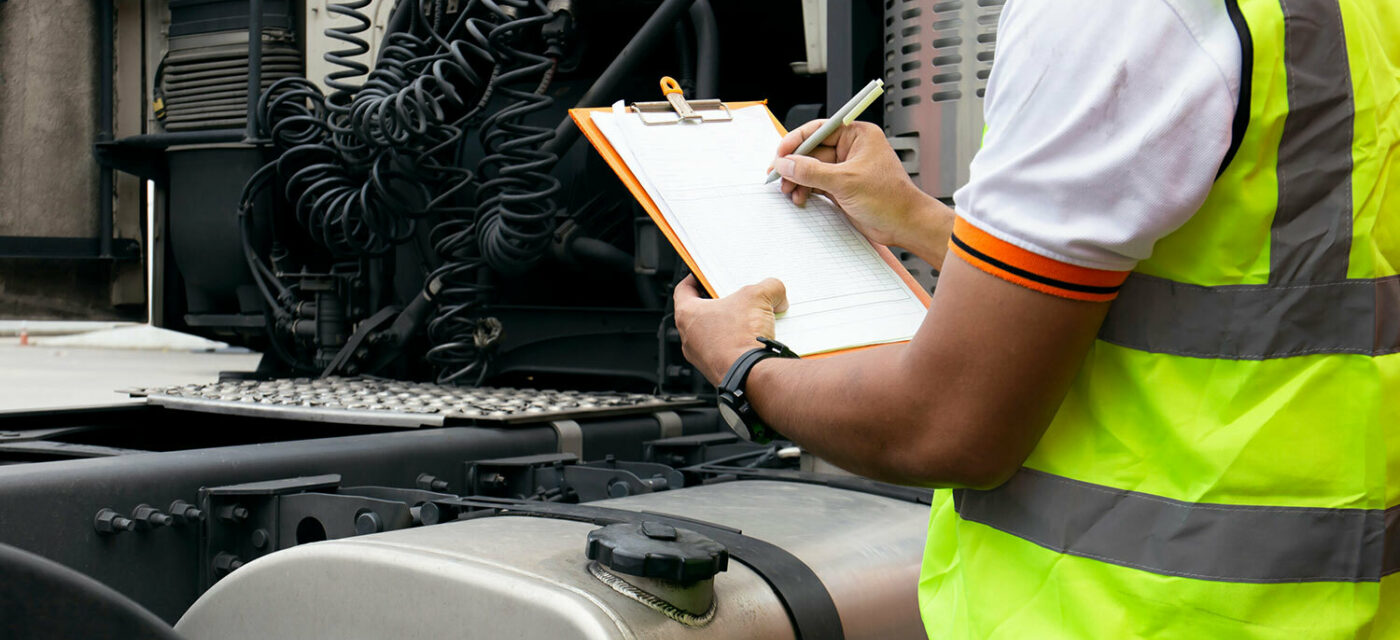
Cabmate Maintenance Checklist for Optimum Performance
Cabmate was first developed in 1980 and has quickly become the industry standard for premium cab suspensions. Fleet owners and drivers benefit from the improved ride quality Cabmate provides, resulting in a more comfortable ride with less sway, while offering better protection for the mounted equipment inside the cab.
Although it is engineered to be incredibly reliable and durable, it needs to be maintained like any other piece of equipment. However, because it’s designed so well and isn’t easily visible during a routine inspection, it can suffer from the old adage “out of sight, out of mind” and not get the maintenance it needs until a driver complains the truck isn’t riding as smoothly as it used to, a dashboard cracks, or some other problem develops.
The Cabmate Maintenance Checklist
Regardless of the issue, our customer service team is here to help. Whenever we get a call from someone unsure how to diagnose or fix a problem, we walk them through the following Cabmate maintenance checklist to help pinpoint and fix the problem:
- The first thing we start with is looking for air leaks in the fittings, valves, or the air spring itself. We ask them to look for visible signs – such as cracks, weather checking, or air springs covered with oil – which indicates the air spring needs to be replaced.
- Next, we ask about shocks. We question when they were last changed out. If the shock is functioning well, it will be warm to the touch after being driven a few hundred miles. It shouldn’t be hot, but it also shouldn’t be ambient temperature (which indicates it’s not doing anything since movement creates heat). We also ask them to bounce the cab by grabbing the handrail and using their body weight. The cab should bounce once or twice. If it continues to bounce beyond that, we’ve hit on the problem.
- Then we move to the air side of the system. We ask them to disconnect the leveling valve and move it up and down to make sure the cab itself also moves up and down smoothly. If it begins to seize up towards the top or bottom of the arc it’s usually a sign of obstruction from a non-Cabmate part – such as an exhaust pipe or radiator rod in the way. The issue could also be a bad front cab mount or any number of other parts that could have slipped, broke, or rusted out. Remember, Cabmate is part of a complete cab system so sometimes the problem has nothing to do with Cabmate itself.
- The final step in our Cabmate maintenance checklist is to inspect the bushings. A lateral control rod keeps the suspension lined up and controls the side-to-side movement, so the Cabmate suspension should not move side-to-side as it moves up and down. If the bushings inside the lateral control rod have gone bad it will result in a lot of sway for the driver.
In almost all cases this Cabmate maintenance checklist allows us to identify and resolve an issue on the first call. We’re also able to help identify any replacement parts that are required, locate the nearest dealer if necessary, and get the truck back on the road where it belongs.

